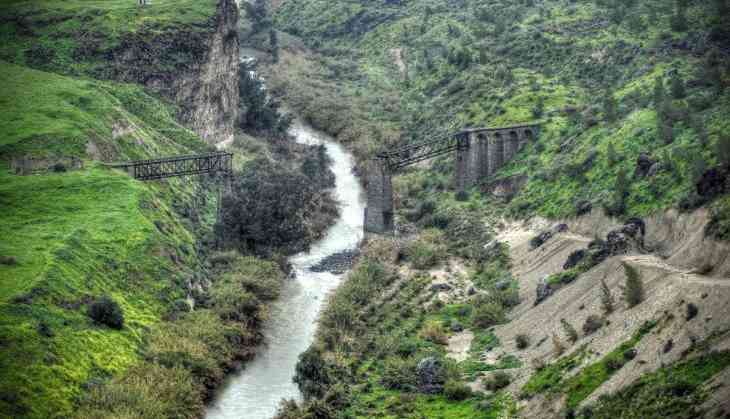
According to a recent study, climate change can impact fragile river ecosystems all over the world.
Research undertaken in South Africa's Kruger National Park (KNP) has shown that increasing frequency of cyclone-driven extreme floods is responsible for destroying some of the world's most sensitive and valuable riverine habitats.
Researchers from the universities of Hull, Aberystwyth, and Salford and the engineering consultants "Architecture, Engineering, Consulting, Operations, and Maintenance" (AECOM), used laser survey technology (LiDAR) flown from an aircraft, to measure the impacts of cyclone-driven extreme floods in 2000 and 2012 on rivers in KNP.
KNP game reserve has global significance for its habitats and associated species, and the rivers flowing through the park provide essential ecosystem services, including water and habitat in the shape of the many varied channel morphologies and associated riparian forest.
The high-resolution data has been used to create accurate digital models of the river bed, and through comparisons with pre-2012 flood data, the researchers were able to map detailed spatial patterns of erosion and deposition.
Dr. David Milan, principal investigator for the project said, "We are primarily interested in trying to understand how these large bedrock-influenced river channels respond to large floods. From comparing our LiDAR models between 2012 and 2004, we have calculated that the 2012 event alone removed almost 1.25 million tonnes of sediment from the river bed."
"We also found that patches of mature riparian forest that survived larger floods in 2000 were removed by the 2012 floods. There is a suggestion that the frequency of large flood events is increasing due to climate change, and our analysis of river channel morphology for a 50 km length of the Sabie River shows us that these rivers need time span longer than a decade to recover," Milan said.
The UK-based group of researchers is concerned about the impact of the geomorphological changes occurring in the rivers in KNP. Drylands are among the most vulnerable regions to climate change.
Dr. Milan continued, "We present a conceptual model showing the likely pathways that the KNP river systems are likely to follow in the future depending upon flood frequency and magnitude, and conclude by suggesting that more frequent floods will continue to strip out sediment and vegetation from the river channel, leaving a more barren environment with less habitat value."
"Continued progressive loss of habitat diversity will fundamentally, and for all intents and purposes irreversibly, alter our riverine landscapes and this will be accompanied by a catastrophic loss of species unable to adapt to the new environments. Conservationists need to work alongside geomorphologists to look at ways in which dryland river habitats can be best managed into the future," he added.
These results not only have significance for the rivers of the KNP, but also for bedrock-influenced rivers in other dryland areas globally. The findings of the research have been published in the Geological Society of America Bulletin.
(ANI)


